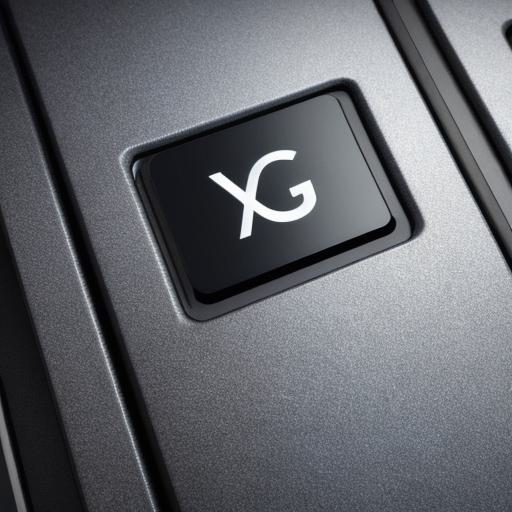Secure Your Online Identity with Web3 Authentication: A Step-by-Step Guide

The rise of decentralized technology has brought about a new era of online identity management. Web3 authentication, powered by blockchain technology, offers users greater control over their personal data and provides a more secure way to log in to various platforms and services. In this article, we will guide you through the process of securing your online identity with Web3 authentication.
Web3 Authentication: An Introduction
Web3 authentication refers to the use of decentralized technology to verify the authenticity of users online. It is based on blockchain technology and provides a more secure, transparent, and user-friendly way to log in to various platforms and services. With Web3 authentication, users can manage their personal data in a decentralized manner, providing greater control over their identity.
Why Use Web3 Authentication?
Web3 authentication offers several benefits over traditional methods of online authentication. Firstly, it provides users with greater control over their personal data. With decentralized technology, users can store and manage their data in a secure and private manner, without the need for third-party intermediaries. This means that users can decide who has access to their data and when.
Secondly, Web3 authentication is more secure than traditional methods of authentication. It is based on blockchain technology, which provides a tamper-proof ledger of all transactions. This ensures that user data cannot be manipulated or stolen, providing greater protection against cyber attacks and identity theft.

Thirdly, Web3 authentication is more efficient than traditional methods of authentication. With decentralized technology, users can log in to various platforms and services using a single set of credentials. This eliminates the need for users to remember multiple passwords, making it easier and faster to access their data.
How to Set Up Web3 Authentication
Setting up Web3 authentication is easy and straightforward. Here are the steps you should follow:
- Choose a Web3 authentication platform: There are several Web3 authentication platforms available, such as uPort, Keybase, and SelfKey. Choose a platform that meets your needs and sign up for an account.
- Create a digital identity: Once you have signed up for a Web3 authentication platform, you will need to create a digital identity. This involves providing some basic information about yourself, such as your name, email address, and date of birth.
- Link your digital identity to your accounts: After creating your digital identity, you will need to link it to your various online accounts. This involves adding your Web3 authentication credentials to each account.
- Test your Web3 authentication setup: Once you have linked your digital identity to your accounts, you should test your Web3 authentication setup by logging in to each account using your Web3 authentication credentials.
Real-life Examples of Web3 Authentication in Action
Web3 authentication is already being used by many organizations and individuals. Here are some real-life examples:
- uPort: uPort is a Web3 identity platform that allows users to store their personal data on the blockchain. It can be used for online verification, such as age, identity, and qualifications.
- Keybase: Keybase is a Web3 authentication platform that allows users to create digital identities and manage their personal data. It also provides encryption services and can be used for secure file sharing.
- SelfKey: SelfKey is a Web3 identity platform that allows users to create, store, and share their personal data on the blockchain. It can be used for online verification and secure transactions.
FAQs
- Is Web3 authentication more expensive than traditional methods of authentication?
No, Web3 authentication is not more expensive than traditional methods of authentication. In fact, it may be cheaper in the long run, as users do not need to remember multiple passwords or pay for third-party intermediaries. - What if I lose access to my Web3 authentication credentials?
If you lose access to your Web3 authentication credentials, you can still recover them by following the recovery process specified by your Web3 authentication platform. - Can my Web3 authentication data be hacked?
Web3 authentication data is stored on the blockchain, which provides a tamper-proof ledger of all transactions. This means that user data cannot be manipulated or stolen, providing greater protection against cyber attacks and identity theft.
Conclusion
Web3 authentication offers users greater control over their personal data and provides a more secure, transparent, and user-friendly way to log in to various platforms and services. By following the steps outlined in this article, you can set up Web3 authentication and enjoy the benefits of decentralized technology.








